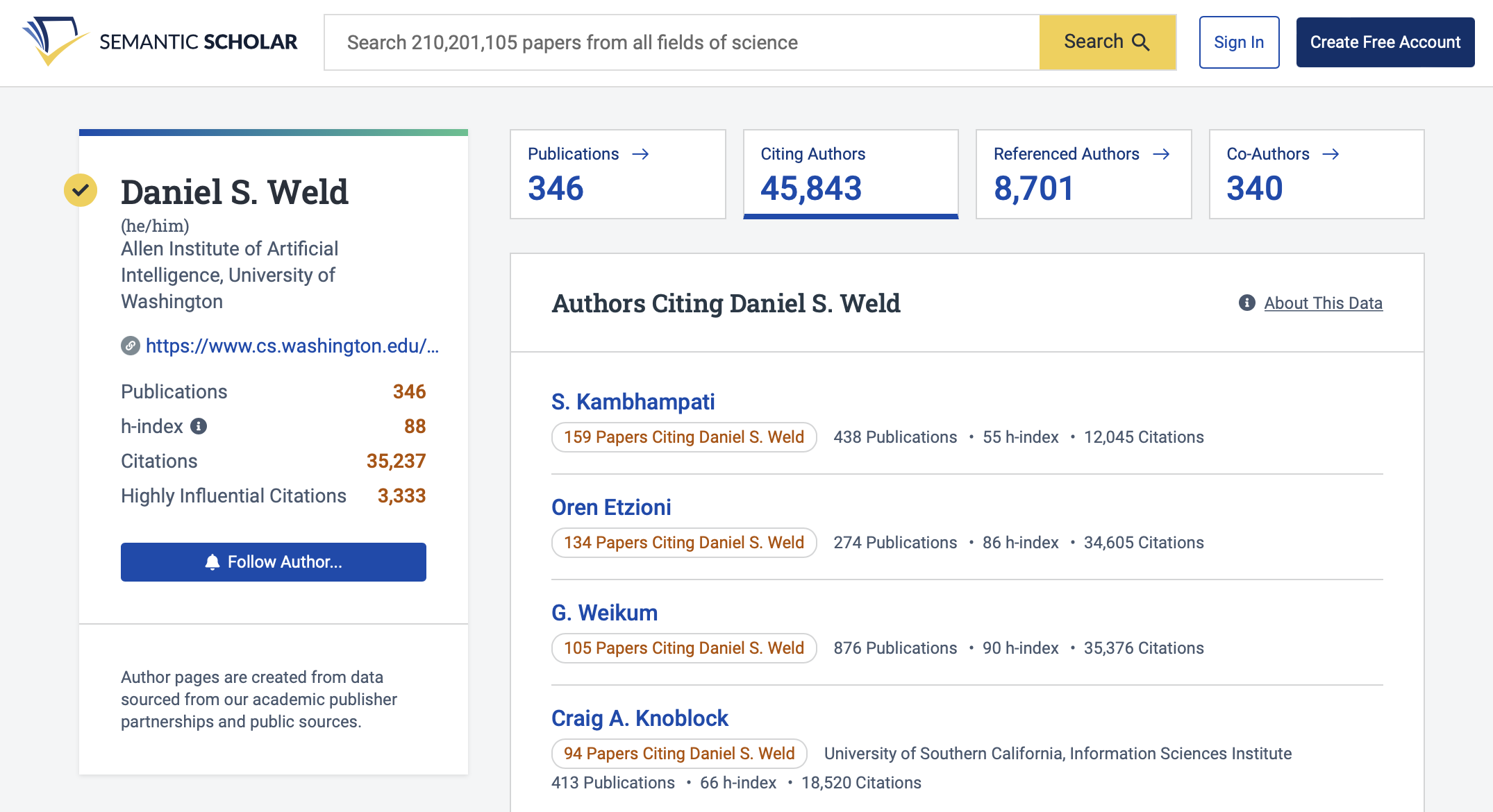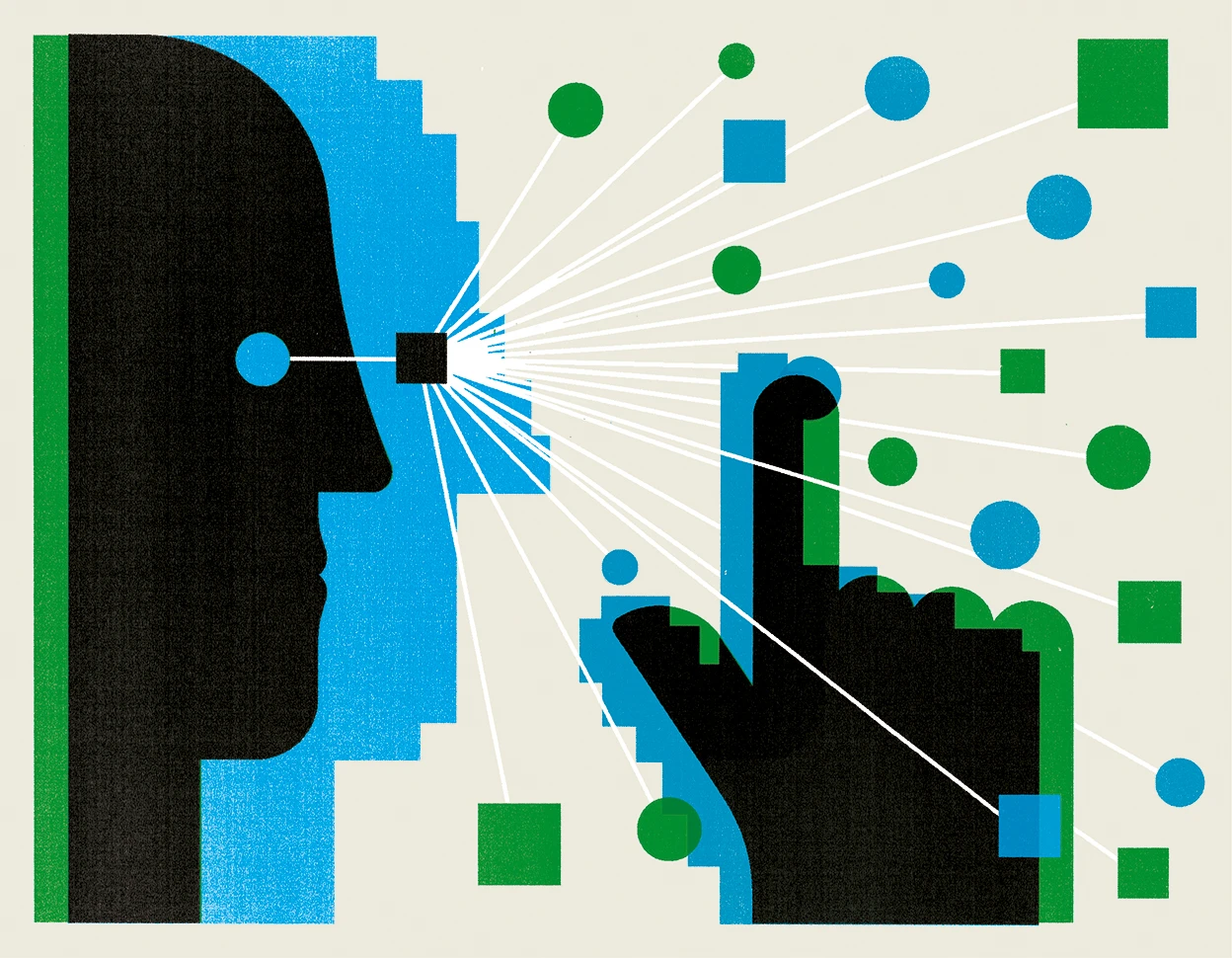Scholar's Hub
Award-Winning Papers: AI & Theory
These papers have received best paper awards or distinguished paper awards from renowned computer science conferences in the Artificial Intelligence and Theory fields.
This collection is sourced from each conference. If you notice any errors, please contact us.




